Last week sources discovered that the National Aeronautics and Space Administration (NASA) has started working on a project to send a few smartphones into outerspace. The smartphones, two HTC Nexus One handsets and a Samsung Nexus S, are being integrated into a small box of tech gadgets to create a new nanosatellite, a project NASA is calling PhoneSat.
The main reason for creating the PhoneSat project is to show that current technology can be used by NASA in an effort to reduce production costs of satellites of this nature and still accomplish the mission. Hopefully, the project will be deemed a huge success and HTC will get dibs on creating a special “Space Phone” that NASA will blast over to Mars to keep tabs on Curiosity. Project PhoneSat will allow NASA techs to remotely operate and interact with the satellites thanks to Google’s well-known mobile operating system, Android. At the cost of only $3500 US dollars, each PhoneSat prototype has been built using off-the-shelf products making it capable enough to get into orbit and prove that a smartphone could be a viable option for a satellite. A PhoneSat satellite is also a lot smaller than your average orbital satellite coming in at less than four pounds and four inches cubed.
Today’s smartphones pack as much if not more power than current satellites and will give NASA technicians the ability to snap pictures and send them back to earth just like the Mars rover, Curiosity is doing while it explores the planet Mars. Access of GPS utilities and other built-in sensors make smartphones a perfect match for a project like this.
What other ways do you think NASA could incorporate mobile technology into space exploration? This kind of takes the “Bring Your Own Device (BYOD)” concept to a whole-nother-level, don’t you think. Thanks to our news tipper, Jack Daniel Taylor for the sources used for this article.
Source: RedOrbit via PopSci via Jack Daniel Taylor




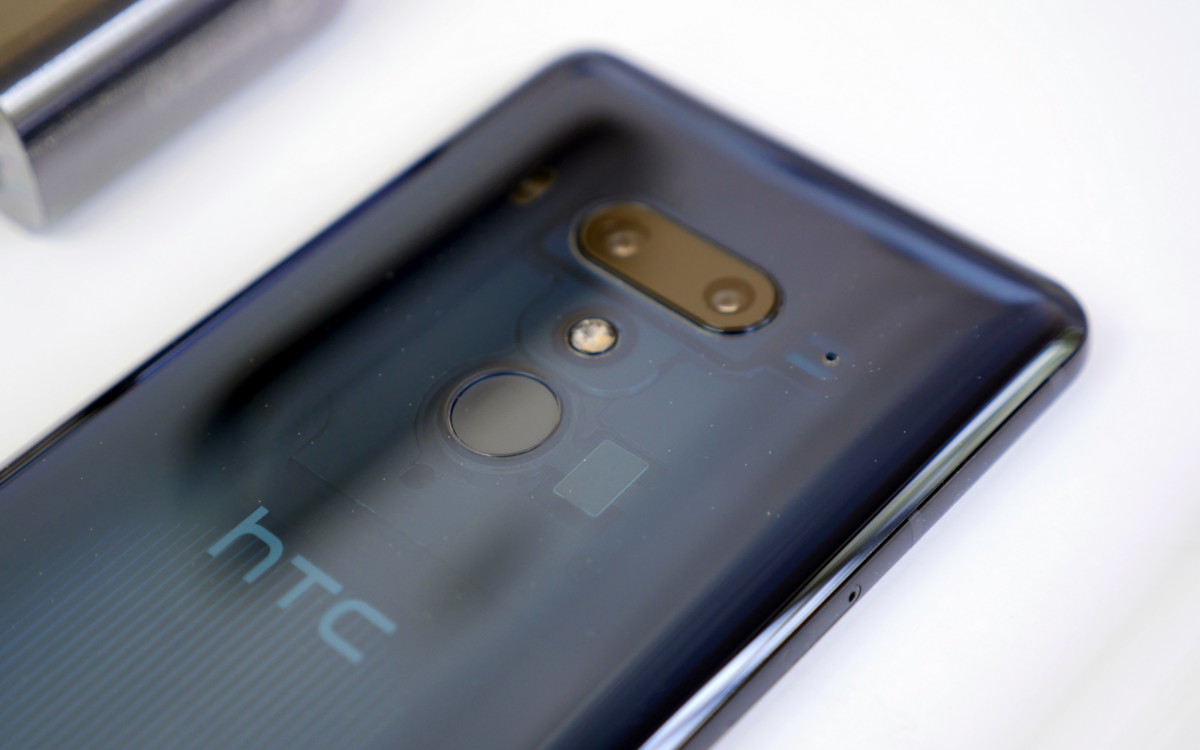
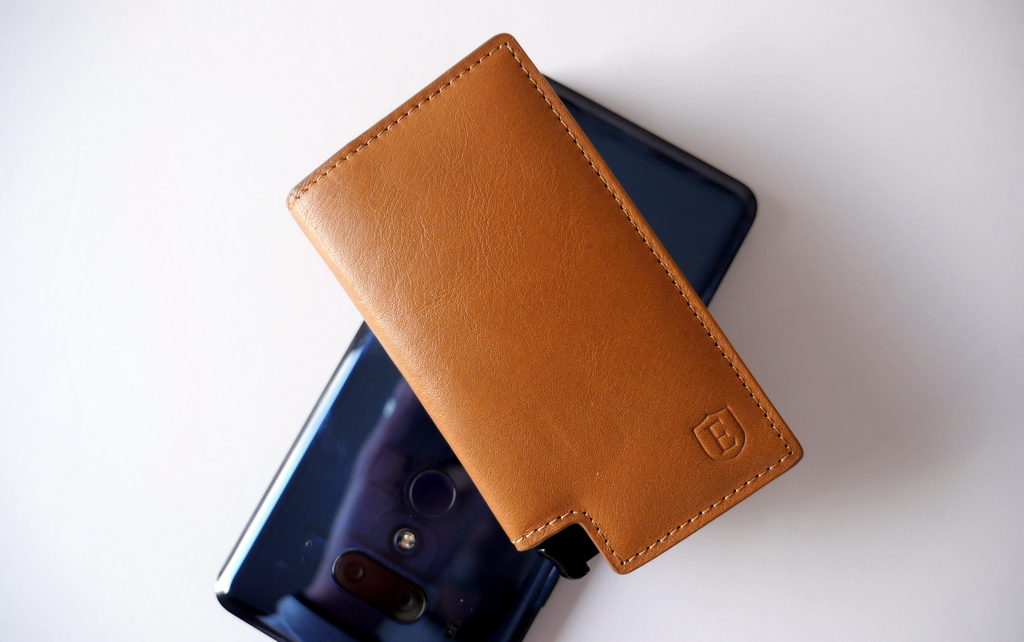

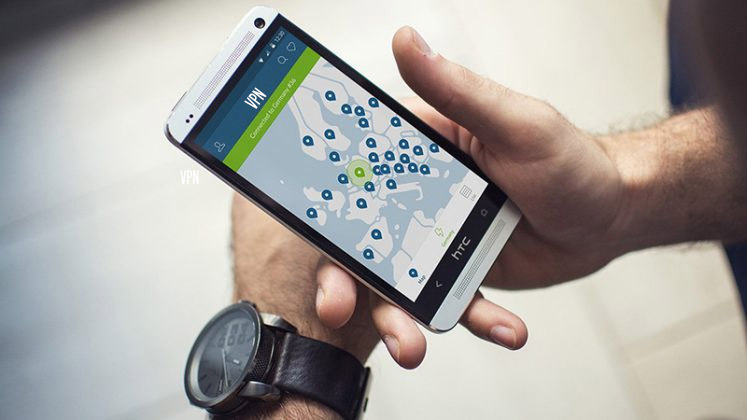


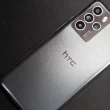
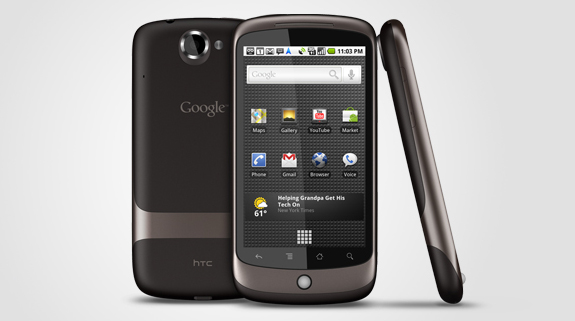
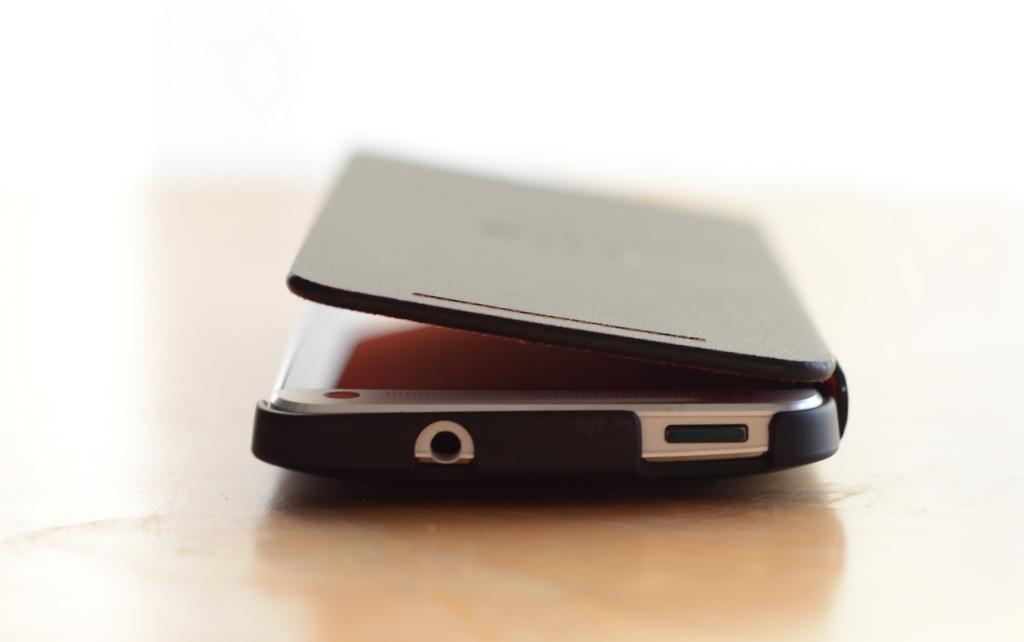
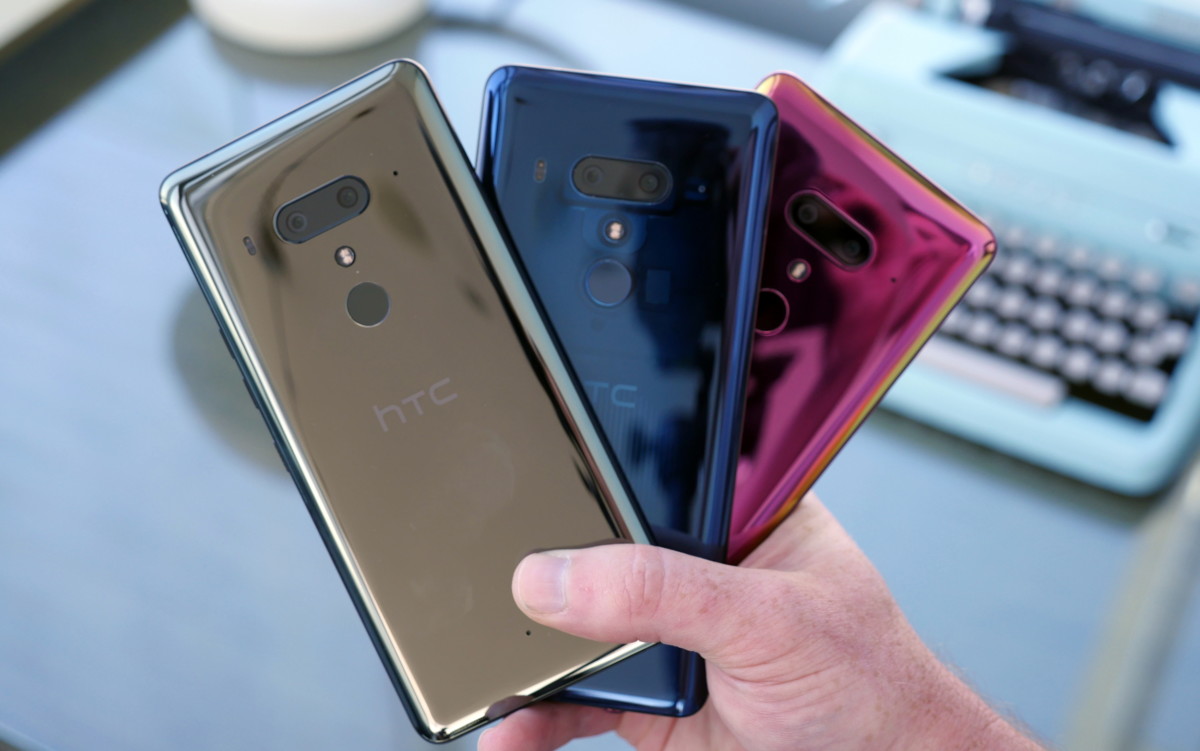


I’m wondering if they would actually use the mobile network chip for data exchange? Or how else could it be done with a smartphone?